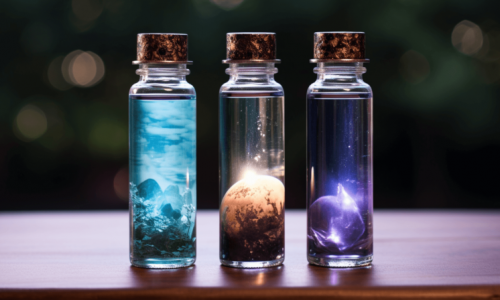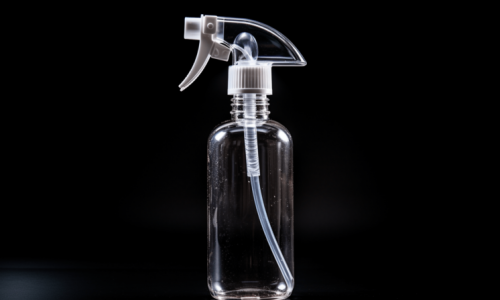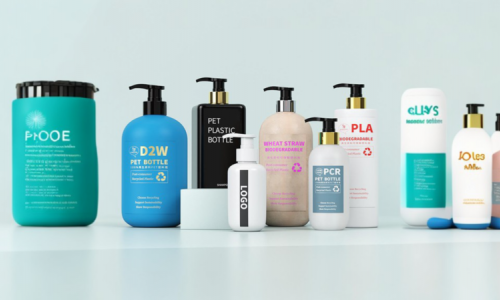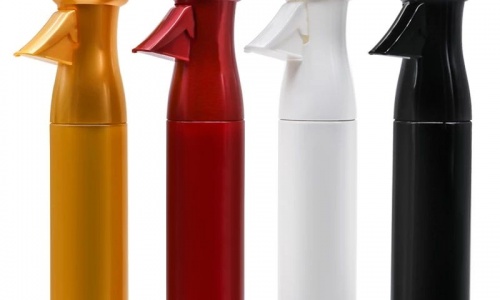
Plastic bottles are everywhere in our everyday lives, from holding our drinking water to containing cleaning products, cosmetics, medicines and more. But how exactly are these ubiquitous plastic bottles made?
The most common plastic bottle manufacturing process uses blow molding to shape plastic resin into hollow bottles. There are several blow molding techniques, but the basic steps are:
- Plastic pellets are melted down and formed into tubes called parisons. This is usually done by injection molding.
- The parisons are then heated and blown into a mold using high pressure air. This expands the plastic to take the shape of the bottle mold.
- Once cooled and hardened, the plastic bottles are ejected from the molds. Excess plastic is trimmed and bottles are inspected.
- Bottles are packaged and shipped to be filled.
Plastic bottles are primarily made from polyethylene terephthalate (PET), high-density polyethylene (HDPE), polypropylene (PP) or polycarbonate (PC). Each plastic offers different benefits:
- PET: Clear, strong and lightweight. Used for water, soda, juice, food containers.
- HDPE: Sturdy, stiff plastic. Used for milk jugs, detergent and bleach bottles.
- PP: Translucent, flexible plastic. Used for squeezable bottles, pill bottles.
- PC: Extremely clear and shatter-resistant. Used for sports water bottles, infant bottles.
The manufacturing process can vary slightly depending on the type of plastic. PET and PC plastics need to be heated to 500°F vs 150-350°F for HDPE and PP. Some facilities recycle used PET and blend it with new plastic.
Reheat & blow molding is commonly used for PET bottles. The parisons are first injection molded, then reheated and blow molded into bottles. Extrusion blow molding streamlines this into a continuous process for HDPE milk jugs and detergent bottles.
So whether you’re drinking from a plastic water bottle or doing laundry with an HDPE jug, you can better understand the plastic bottle manufacturing process that shaped it. With blow molding producing over 19 billion pounds of plastic containers per year, these versatile bottles will continue to be a staple of consumer products.
Afshan custom bottle by eco-friendly PCR Material
Afshan, a leading professional bottle packaging container manufacturer, is proud to offer its eco-friendly PCR Bottle collection. Designed with sustainability in mind, our PCR bottles cater to the environmentally conscious preferences of European and American B-end customers, without compromising on quality and functionality.
Sustainable and Efficient: Our PCR Bottle range, including 100 PCR bottles and foam travel bottles, is crafted from post-consumer recycled (PCR) plastic, making them an environmentally friendly packaging option. By utilizing recycled plastic, we reduce the amount of fossil fuels required in the manufacturing process and minimize the environmental impact associated with traditional plastic packaging.






